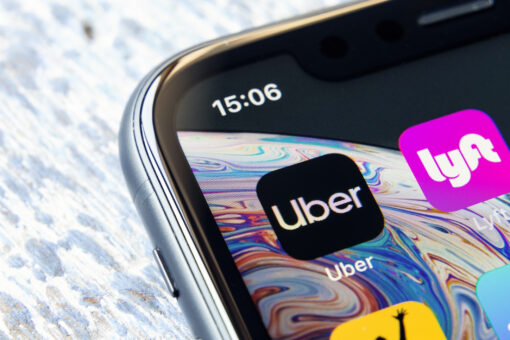
Rideshare apps like Lyft have become a staple of life in Southern California. Whether you’re getting home from LAX, heading out for the night in Downtown LA, or just need a quick ride to work, a Lyft is never far away. But what happens when something goes wrong during one of those rides? If you’re injured in a Lyft-related accident—whether you’re a passenger, pedestrian, or in another vehicle—the legal process can quickly get more complicated than you might expect.
Here’s why Lyft accident claims are different from your typical fender-bender, and what you need to know to protect your rights.
Multiple Layers of Insurance—and Liability
Unlike standard car accidents, Lyft crashes often involve multiple insurance policies. Lyft provides third-party liability coverage, but the limits and availability of this coverage depend on what the driver was doing at the time of the accident:
- App Off: The driver’s personal insurance applies.
- App On, No Ride Accepted: Lyft provides limited liability coverage.
- Ride Accepted or Passenger in Vehicle: Lyft’s $1 million liability policy applies.
This can make a huge difference in how much compensation is available—and who you can file a claim against.
Lyft Drivers Aren’t Commercial Operators
One of the most important distinctions in Lyft-related crashes is that these drivers are not professionals. They don’t hold commercial driver’s licenses, and they aren’t given special training by Lyft. That means:
- They may be more prone to distraction or fatigue
- Their vehicles aren’t subject to commercial inspections
- They may not know how to react in emergency situations
This raises serious concerns about safety, especially given how often some drivers are on the road trying to meet income goals.
Who Is Liable? It Depends.
Lyft claims that its drivers are independent contractors, not employees. This distinction can limit the company’s liability in some cases. But courts in California have scrutinized this setup under Assembly Bill 5 (AB5), which sets stricter standards for who qualifies as an independent contractor.
Still, even if Lyft tries to avoid liability, you may still have legal options to hold them responsible—especially if the accident occurred during an active ride.
The Claim Process Is Slower and More Aggressive
Rideshare companies and their insurers often delay or deny claims outright, hoping victims will get frustrated and give up. They may try to argue:
- The driver wasn’t “on the clock”
- You were partly at fault
- Your injuries weren’t caused by the crash
Having legal representation is crucial, not just to fight back—but to preserve evidence and handle communications with all parties involved.
What You Should Do After a Lyft Accident
If you’re involved in a Lyft-related crash in Southern California, take these steps right away:
- Get medical attention, even if injuries seem minor
- Report the accident to the police and to Lyft through the app
- Take screenshots of your ride details and any messages
- Gather contact info from the driver and any witnesses
- Talk to a personal injury lawyer before giving a statement to insurance companies
Time is critical in these cases. Evidence like app data, GPS logs, and driver activity can help prove liability—but they may be hard to access without legal help.
Don’t Navigate a Lyft Injury Claim Alone
When rideshare accidents happen, they leave victims with more than just injuries. The process can feel overwhelming and frustrating—especially when it’s unclear who is responsible. That’s where Law Offices of Michael A. Kahn comes in.
Our experienced personal injury team knows how to take on big rideshare companies, navigate the multi-layered insurance policies, and fight for full and fair compensation. If you’ve been injured in a Lyft accident in Southern California, call (310) 209-1600 today for a free consultation.
Need more rideshare accident insights? Contact Law Offices of Michael A. Kahn to understand your rights and next steps after a Lyft crash.

